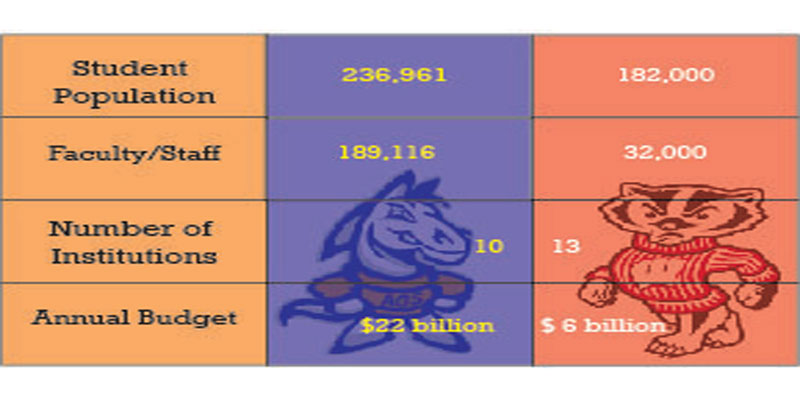Follow the crowd (funding)
Unless you have a rich uncle that’s fronting the cost of your university tuition, you probably know how it feels to have crippling student debt.
The University of California system (UC) is taking a stab at reducing student debt among one of its most contingent populations: low-income students.
Funding the education of low-income students should be important to you if you care about equality. Systematically, we know that low-income students have far less access to higher education, which reinforces their socioeconomic status.
Because education is often tied to your level of income, lack of access to education leads to a cycle of poverty. People are poor and can’t go to school, so they end up in dead-end jobs, so their kids are poor and can’t go to school and so on.
This systematic inequality is why some scholarships and grants call for applications of first-generation college students.
The UC is a network of 10 public universities — with world-renowned names, such as UC-Berkley and UCLA as its masthead — that operate under the shared belief that access to higher education is a fundamental right.
In fall 2013, UC introduced a new, six-week crowd funding campaign called “Promise for Education.” According to the “Promise for Education” website, “(they’re) asking everyone — students, alumni, UC fans, celebrities and concerned citizens — to make a promise.”
This promise can be anything from wearing a cow suit for an entire week to doing 100 hours of community service. The person making the promise sets a donation goal and subsequently advertises their promise via social networking sites, fulfilling their promise and documenting it once their donation goal is reached.
Initially the idea of opening your checkbook to a public university seems ridiculous. Why would California residents donate to something that they’re already investing in through state taxes?
But the “Promise for Education” effort already has quite a bit of buy-in. Over $860,000 has been raised in the first five days. Both local and national celebrities, such as Jamie Foxx, George Watsky and Matt Barnes have made promises.
“Promise for Education” is successful in that it makes use of crowd funding, which is still relatively unheard of in university funding initiatives. With it being an untapped market, crowd funding should be something our own state’s public university system considers.
In fall 2012, UW-Eau Claire reported that 74 percent of students were Wisconsin residents upon enrollment — meaning over two-thirds of the student population was paying in-state tuition, which doesn’t even take into account Minnesota’s reciprocity.
For these Wisconsin residents, myself included, student debt isn’t even close to as bad as it could be elsewhere.
The UC and UW systems each served a similar-sized student population as of fall 2012 — UC with roughly 235,000 students and UW with roughly 180,000, according to their respective websites.
The two have very different budgets but nonetheless have comparable commitments to making education easier to get for low-income students.
Still, the costs prevent many students from pursuing higher education, and until that isn’t true, the UW system should make it a priority to take the UC’s initiative and defray the costs for those students from socioeconomically disadvantaged backgrounds.






